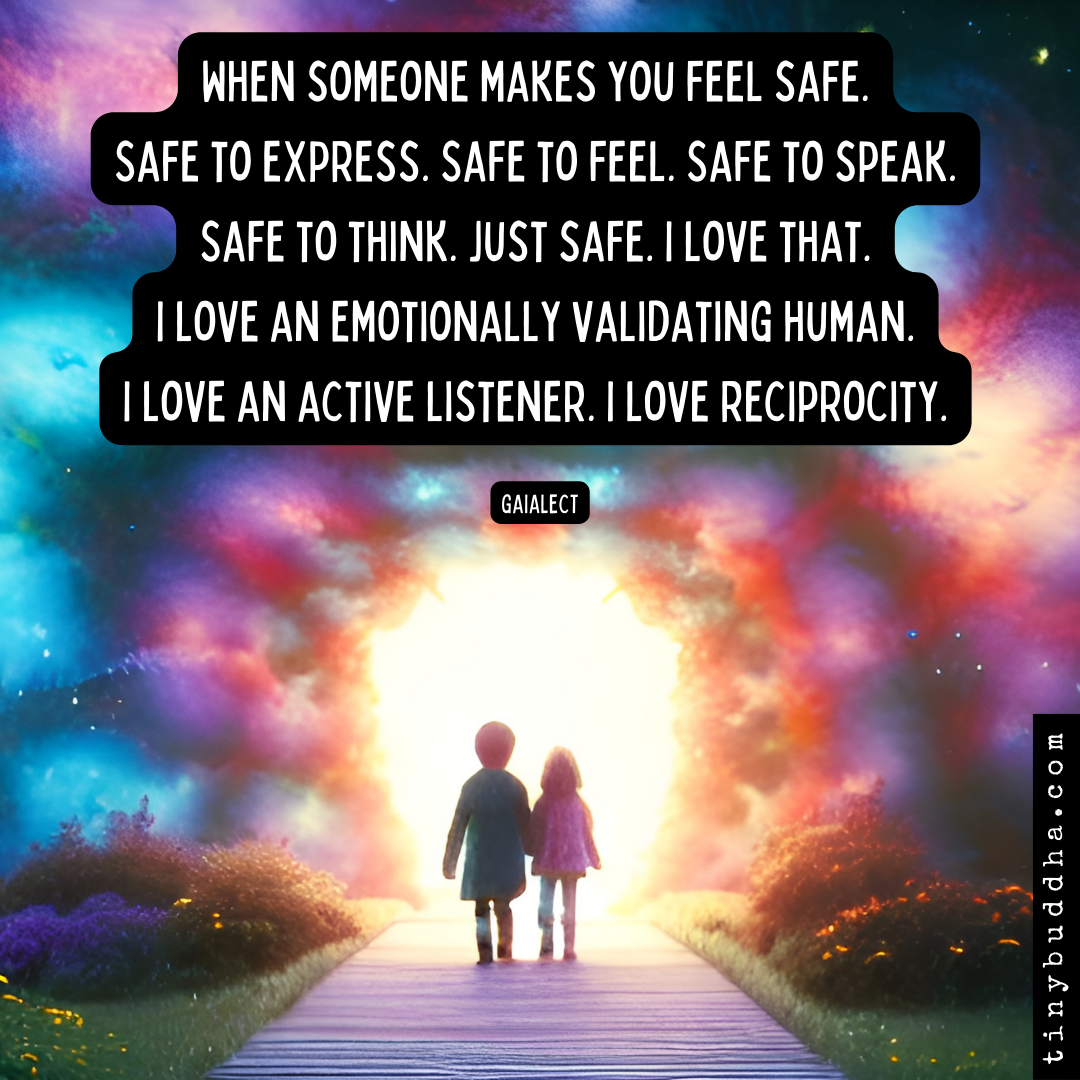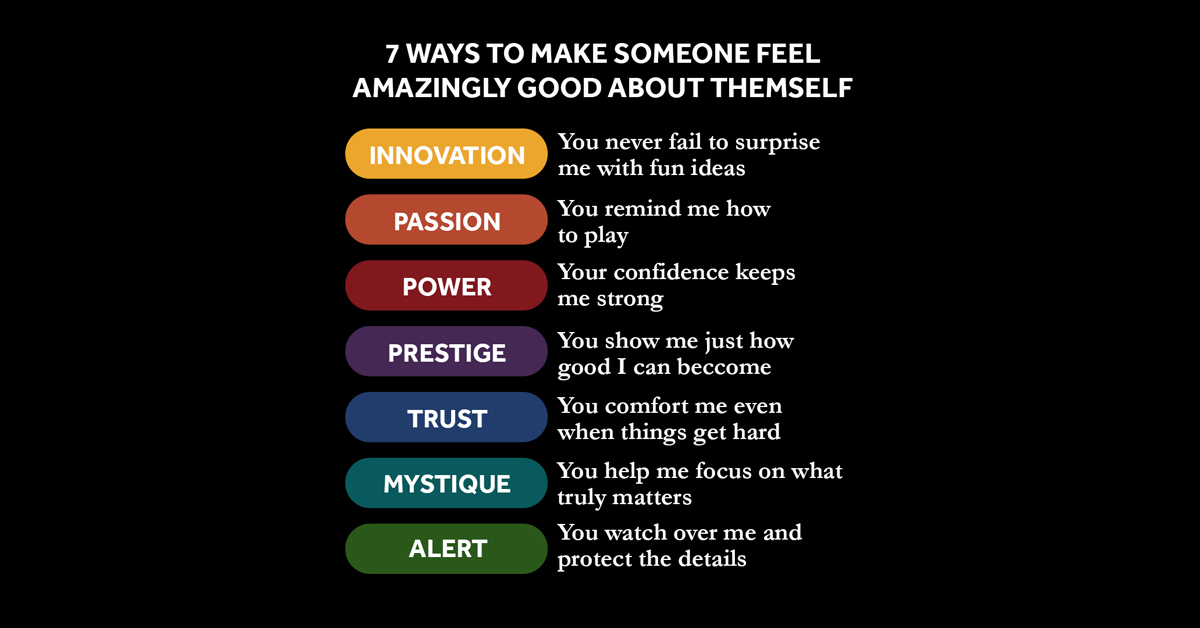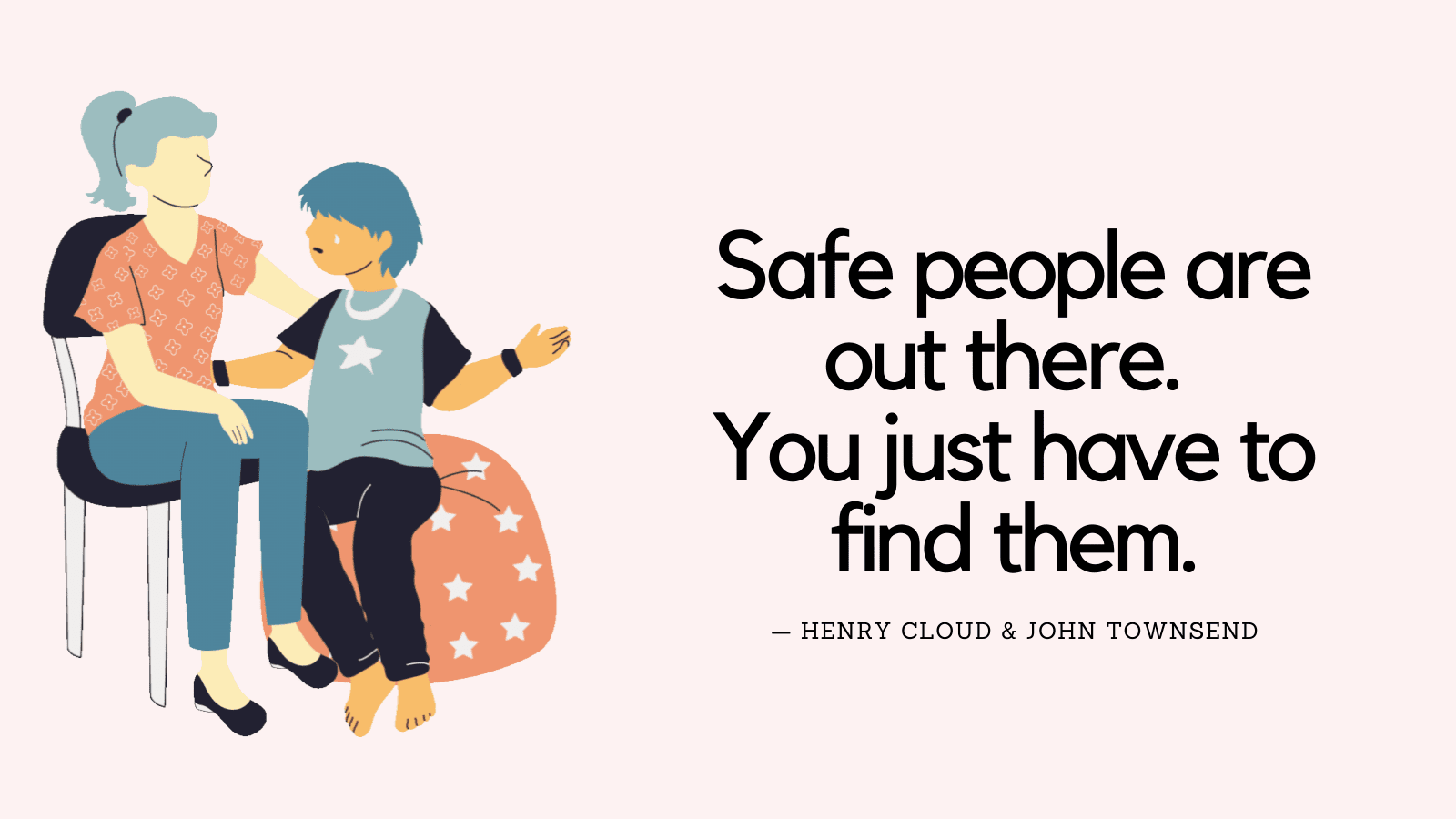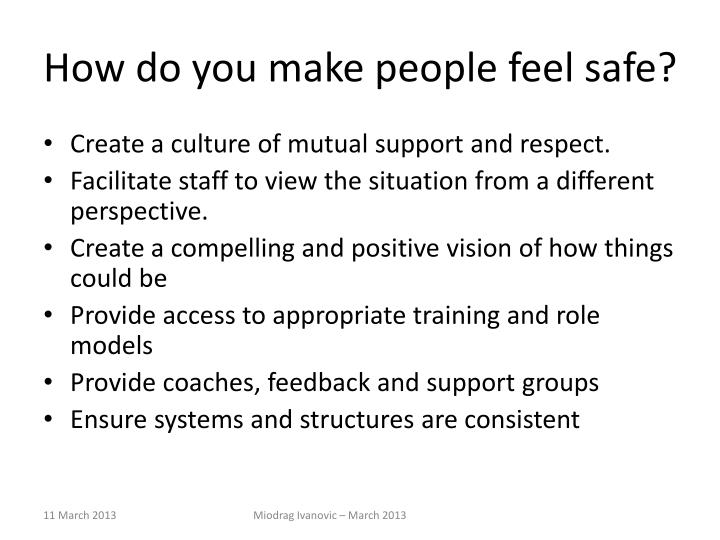How To Make Someone Feel Safe Around You

Feeling unsafe is a pervasive issue. Learn practical steps to cultivate trust and create a secure environment for others.
This guide offers actionable strategies. Focus is on building rapport, active listening, and respecting boundaries to foster a sense of safety.
Building Trust: The Foundation of Safety
Consistent behavior is paramount. Actions should align with words to establish reliability.
Maintain open and honest communication. Transparency builds confidence and dispels suspicion.
According to a 2023 study by the American Psychological Association, consistent communication is the top factor in building trust (APA, 2023).
Active Listening: Hear Beyond the Words
Give your undivided attention. Focus on the speaker and avoid interrupting.
Show empathy and understanding. Reflect on their feelings to validate their experience.
Ask clarifying questions to ensure comprehension. Demonstrate genuine interest in their perspective.
Respecting Boundaries: Defining Personal Space
Pay close attention to nonverbal cues. Recognize signs of discomfort or withdrawal.
Avoid physical contact unless invited. Respect personal space and physical autonomy.
Always seek consent before sharing personal information. Protect their privacy and confidentiality.
Creating a Safe Space: Practical Steps
Be mindful of your body language. Maintain an open and non-threatening posture.
Use a calm and reassuring tone of voice. Avoid raising your voice or speaking aggressively.
Offer support without pressure. Be present and available without being intrusive.
Addressing Concerns: Handling Difficult Situations
Validate their feelings. Acknowledge their concerns without dismissing them.
Offer solutions without judgment. Provide practical assistance or resources.
Know your limits. If the situation requires professional help, encourage them to seek it.
Organizations like the National Alliance on Mental Illness (NAMI) offer resources and support (NAMI, 2024).
Resources for Further Learning
Explore online courses and workshops. Many organizations offer training on communication and empathy.
Read books and articles on building trust. Improve your understanding of interpersonal dynamics.
Practice self-reflection. Evaluate your own behavior and identify areas for improvement.
Continue learning and adapting. Building trust is an ongoing process that requires continuous effort.
By implementing these strategies, you can cultivate a safer environment. Foster a world where others feel valued and respected.


















